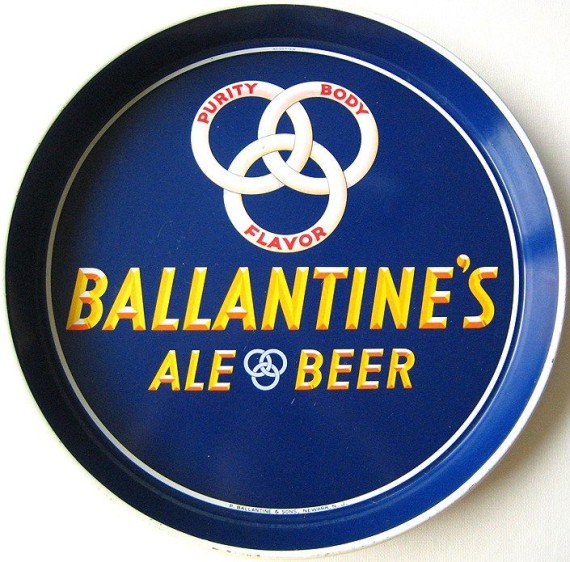We’re not sure how old you are, but chances are, you’ve never had the opportunity to try Ballantine beer in your life. That because although the famous beer was first brewed in 1878, it was ultimately phased out in the 1970s; a variation was available until the mid-90s, but it wasn’t the original recipe. Well, friends…it’s baaack!
Pabst Brewing has owned the Ballantine brand for about 40 years, but it wasn’t until recently that they started figuring out what the heck to do with it. How do you revive a brew that was once a top-selling beer in the U.S.? And, to make things a little harder, how do you give that beer a new life if you don’t even have the original formula anymore?
If you are Gregory Deuhs, Pabst’s Master Brewer, you put your historian hat on and do some intense research into Ballantine’s past. USA Today reports that Deuhs looked at analytic reports from as far back as the 1930s that tracked the ale’s bitterness, alcohol, and gravity level. He also looked into historical accounts of the beer, what people remember about it, and what ingredients would have likely been used in that time period.
After lots of researching and two years of brewing test batches, Deuhs thinks they’ve gotten pretty darn close to the original formula. The IPA is made from four different malts, eight different hops, and a hop oil to finish it off. Oak and cypress barrels were used for the original beer, so American oak chips were also used in the process. And now, next month, Ballantine India Pale Ale will be appearing in six packs and 750-millileter bottles at liquor stores in nine northeastern and Mid-Atlantic states.
What prompted Pabst to breathe new life into Ballantine? Eric Shepard of Beer Marketer’s Insights told CNN that India Pale Ales are the hottest segment of the craft beer market right now, so bringing it back only makes sense. Things that make people feel nostalgic are also popular, and even if many of Ballantine’s target market wasn’t around for the first run, they will still be drawn to the idea of it’s interesting past.


